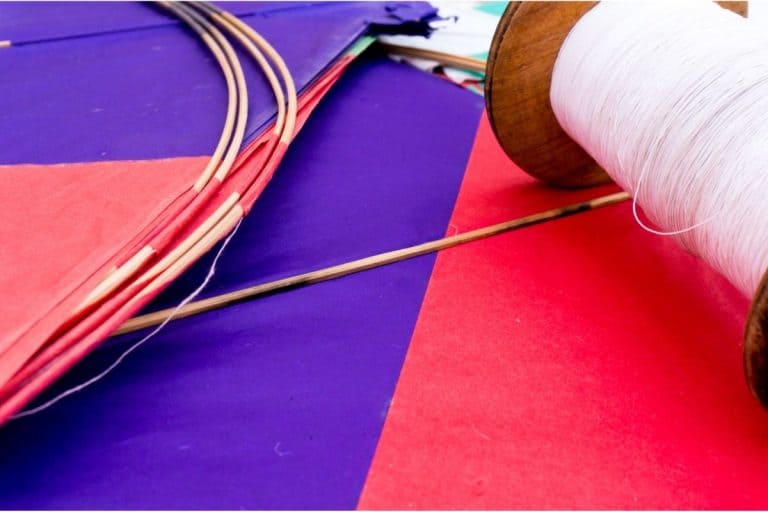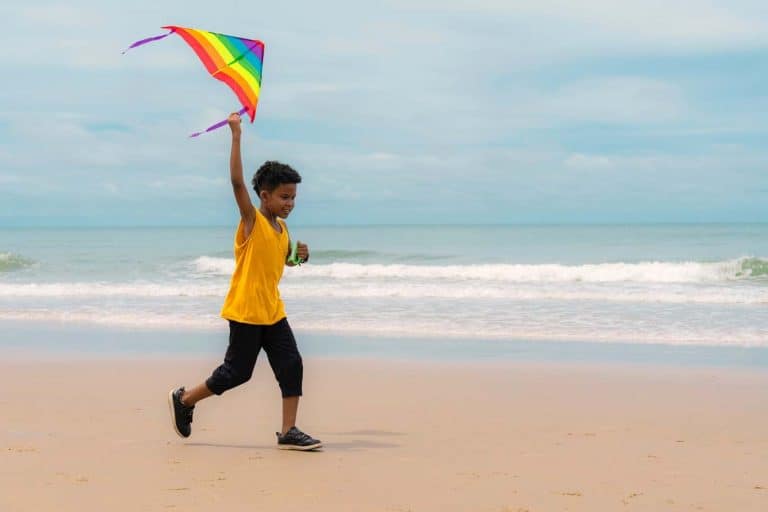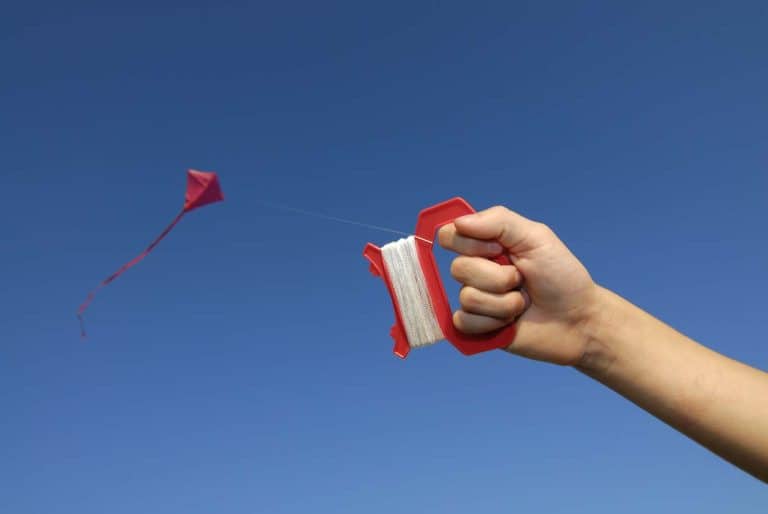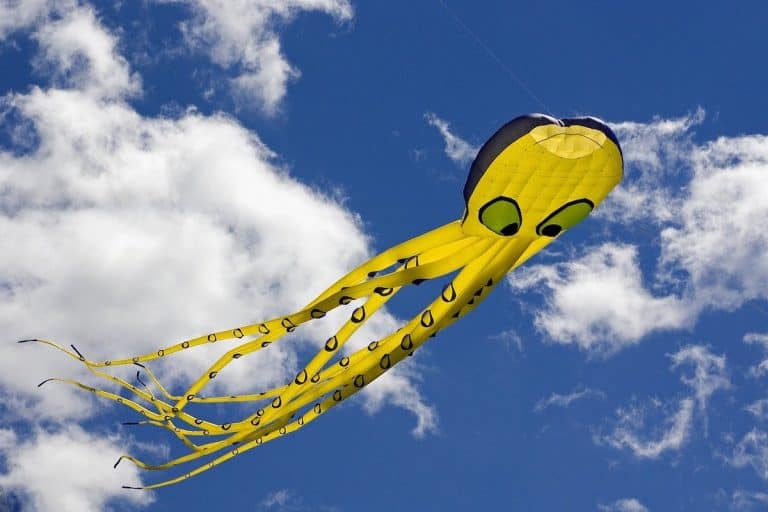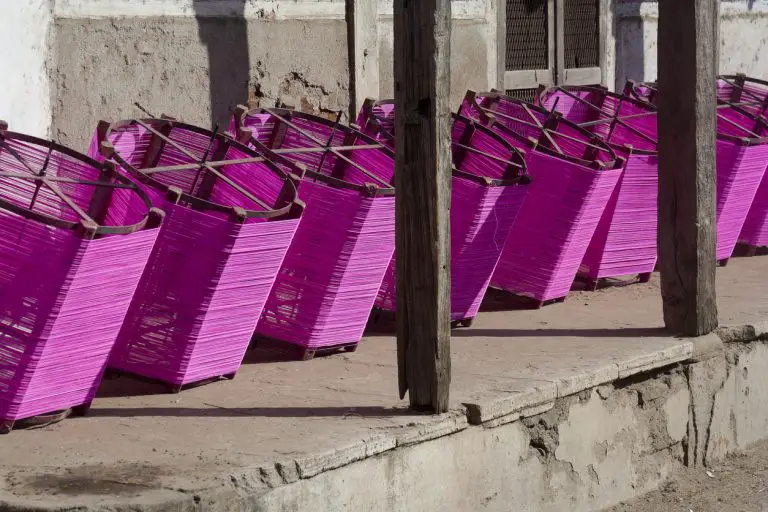Manja Six Cord vs. Nine Cord: Which is Best?
Manja cords are typically used in Kite fighting. Kite fighting is a sport where opponents have to eliminate other opponents from the competition by removing their lines. Today we are going over the Manja six cord vs. nine cord to find out which is best.
Nine cord manja kite fighting thread is stronger and heavier than 6 six cord. The extra three threads allow for greater strength but the added weight can affect kite operation differently than the lighter six cord variation.
Let’s look deeper into the different cord counts of manja cord for kite fighting and see just how deep the science of kite fighting thread and cord goes.
6 Cord Vs. 9 Cord Vs. 12 Cord Manja Explained
There are three prominent Manja cords. These are the 6 cord, 9 cord, and 12 cord. The digits indicate the number of strings used to form a cord. 12 cord focuses on extremely large kites, while 6 focuses on small-sized kites. The 9 cord is the middle ground with the capability to handle kites from small to large sizes.
The significant difference between the six, nine, and twelve cord Manja is the number of threads it takes to form a cord. Six cord Manjas require six threads, nine cord require nine threads, and twelve cord requires twelve (Source).
For usage, six cords are favorable for smaller kites, nine cords are favorable for small and medium kites, and twelve cords are preferable for larger kites.
At a minimum wind of 4-5km/h, with the maximum being 10km/h, six cord lines are adequate. Nine cord Manjas work well with wind below 15km/h. Wind speed of more than 15km/h works well for 12 cord Manjas.
Which Manja Is Best For Cutting Kites?
Typically, kites are flown during different festivals and seasons. Fighters color their Manja kites for proper identification and cut down the kites of their opponents, which fly away. Kite runners (bystanders or participants) run after the cut-down kites and try to catch them (Wiki).
Cord count strength refers to the strength of a thread attained by combining several tiny threads to form a single thread. There are various cords in kite flying. These are the six cord, and nine cord manjas.
All cord Manjas are great, but you would have to consider their purpose to determine which one is the best. For example, the Manja six cord is achieved after combining six threads. This cord is suitable for small and standard kites.
On the other hand, the nine cord Manja is nine threads. Compared to the six cord Manja, this cord is stronger because of the additional number of threads. due to its ability to cut the lines of other kites. It is suitable for medium-sized kites and some giant kites.
What Is The Best Manja?
The best Manja would overall be the one that allows operators to beat their opponents. One could opt for one of the three Manjas. If looking for a line suitable for various kites, the nine cord Manja would be best. If you are only looking for a line for smaller kites, the six cord Manja would be best.
Traditional Manja consists of pure cotton thread, a mixture of tree gums, rice glue, and powdered glass (or other abrasive). In certain areas, people created their Manja using secret recipes.
Chinese Manja, also known as chemical Manja, consists of non-biodegradable synthetic fibers considered unsportsmanlike. This recent introduction is challenging to break.
Other than cerol (their name for Manja), in Brazil, they have a more dangerous kite.
It is the linha Chilena, which contains aluminum powder and quartz powder in addition to the standard ingredients.
It makes the kite string more dangerous four times over.
India has an essential kite festival referred to as Uttarayan. In Gujarat state, the event is celebrated on the 14th and 15th of January. The kites are made from specific lightweight paper.
Traditions Of Manja – Making Glass Manja
Kite making is a tradition that has been conducted since historic days in Ahmedabad. Specific community people were involved in the kite-making process. Cotton thread from the local market is/was used in making the Manja. The thread cords range from three to twelve. The Manja artisans mostly used four to six cord thread.
Making kite Manjas at home is possible with the necessary materials. It includes glass for the glass powder, a large bowl for crushing the glass, safety wear for eyes and hands, such as goggles and gloves. Thin glass such as light bulbs and tube lights should be considered (Source).
After making the glass powder and the glue, one should apply the Manja. The string should be left to completely dry.
Which Panda Manja is the Best?
Creating Manja lines requires a mixture of glass and glue. The panda consists of nine threads of cotton line. This Manja-coated line is considered a favorite, making it preferred to the other cord Manjas.
The other Manja’s include the tees nambar made of six threads or the dus nambar. In addition, some regions are creating the Manja from nylon lines. Compared to the cotton-made Manjas, these lines are stronger (Source).
Kite fighting in India is referred to as Pecha. Techniques used by Indian fighters during the Pecha are only two. One is released, and the other is pulled.
When flying the smaller fighter kites, the pull is utilized. It is favored because the kites are both light and more maneuverable. This kite is flown to about 200 to 1000 feet before other fighters.
When the time to fight reaches, the operator starts quickly pulling at his line. He simultaneously tries to cut down kites that are on his way. Experienced fliers comfortably cut lines from the side, bottom, or top.
In release cutting, as much line is let out as it involves the operation of larger kites. The kites fly to over 3000 feet, and operators need to keep the kite stable as they continue to let out line.
Seeing their kites at this height is usually tricky, and kite operators have to depend on line vibrations for direction. Two people are often involved in flying these kites; with one flying the kite and keeping it steady, the other ensures adequate line flow.
More On Manja Cords
Traditionally, the manufacture of fighter kites included lightweight, thin paper and lightweight, flexible wood. The skins are made of paper, while the spars were made of bamboo wood.
On the other hand, modern American kites are made from synthetic materials. These include fiberglass, carbon fiber, polyester sheeting, and nylon.
Initially, most Asian kite fighters used thin hemp or cotton lines coated with rice glue and crushed glass. Recently, stronger glue and abrasives have been used instead. Other cultures use lines that have knives attached to them to defeat their opponents.
Players’ intent during this time was to toughen their kite lines. While others used paste, others used knives and metal lines.

